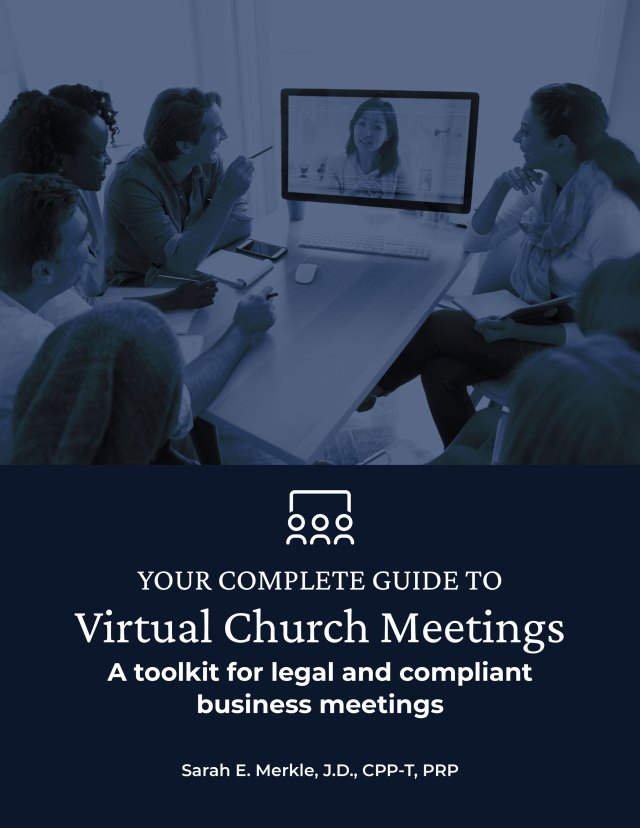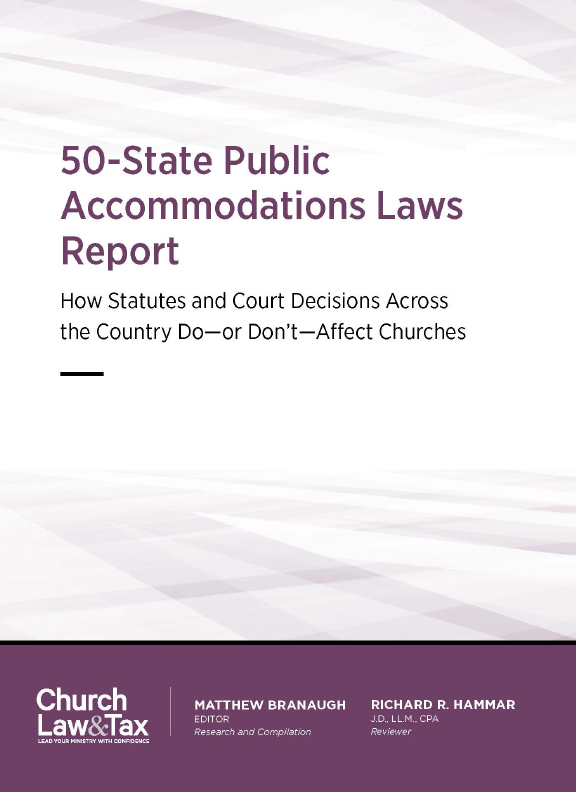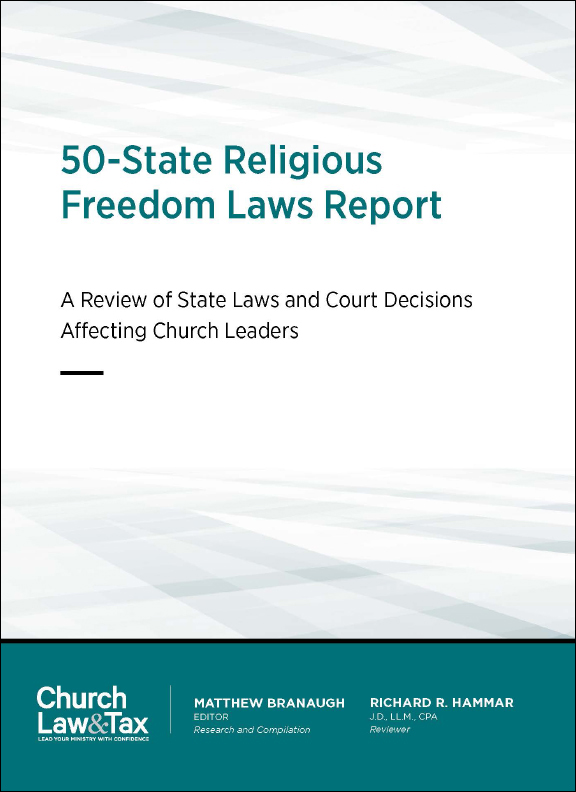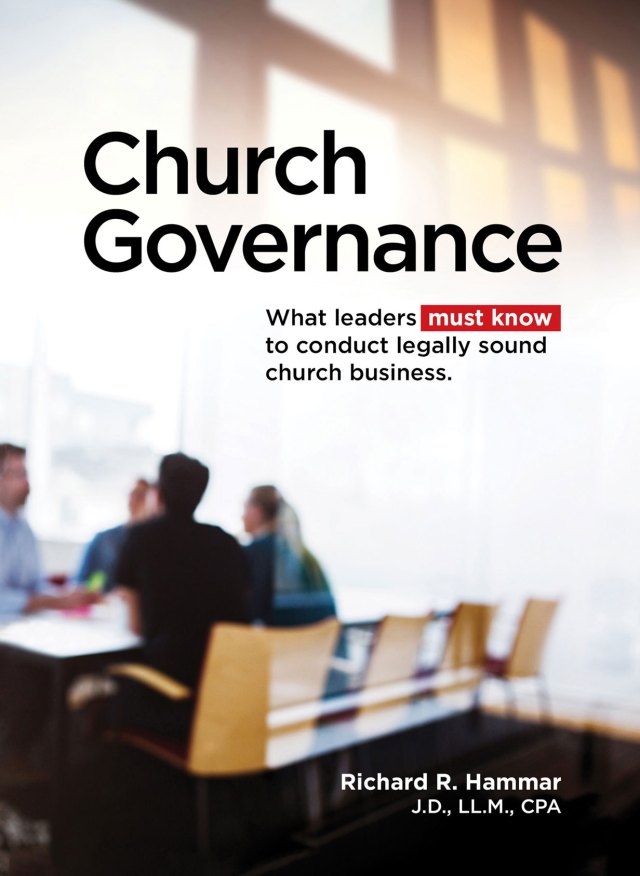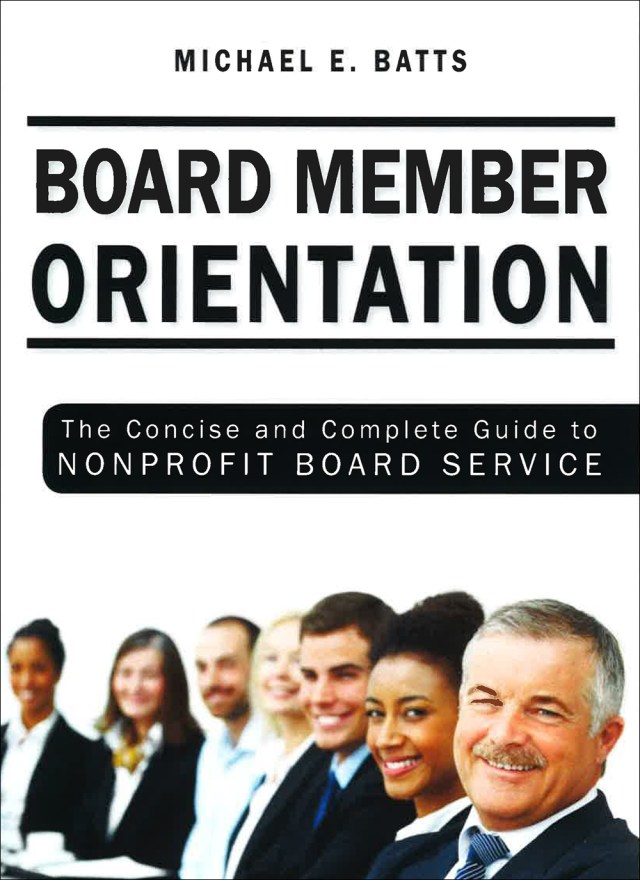It’s probably safe to say that business meetings are not a church calendar highlight for most staff and church members. Perhaps you view them as necessary but burdensome, and maybe the thought of preparing for one makes you cringe or even panic. Well, be encouraged.
This article aims to help leaders simplify business meetings and streamline the preparation. Let’s dive in by considering three key questions.
Church business meetings take place any time church members, boards, or committees get together to conduct official church business—from annual member meetings to weekly or periodic board or committee meetings where votes are taken and decisions are made.
What documents and rules govern a church business meeting?
The first step in preparing for a church business meeting is understanding the documents and rules that apply to the timing and format of a church meeting, as well as the specific matters to be covered.
Consider the following three points:
- The law in your state that governs nonprofits likely includes certain rules about how often the board and members should meet, how to give notice of meetings, and how to take votes.These rules can be mandatory, or they can apply only if not contradicted or qualified by a church’s bylaws. In some states, they apply only to churches that are incorporated. The laws vary from state to state, but every church would do well to designate at least one staff member or church member to become familiar with the law that applies.
- After state law, your church’s constitution and bylaws are the authority for business meetings.
- Where the church’s constitution and bylaws are silent, the parliamentary authority that your church has chosen applies next.Robert’s Rules of Order Newly Revised is the most common parliamentary authority used by churches, and it covers topics such as the process for making, discussing, and voting on proposals, and the methods by which nominations are made and elections are conducted.If your church has not chosen to follow a specific parliamentary authority, it should consider doing so, or it should adopt a set of its own rules that address the details of how business is conducted at a meeting and how elections occur.
What should a church business meeting agenda include?
The contents of the agenda should be guided by the church bylaws. First, do the bylaws outline quarterly business meetings or an annual meeting only? What do the bylaws say about when a church budget is approved or how deacons, elders, and other church leaders are elected?
Becoming familiar with the bylaws is the first step in determining the timing of business meetings and the necessary topics that should be covered.
Outside of matters specifically designated for member input and voting, a church business meeting agenda should include the following items:
- approval of the minutes from the last meeting
- a financial update
- reports on key areas of focus for the quarter or year
How should a church business meeting agenda be organized?
There are three main categories in a business meeting agenda: preliminary items, reports, and substantive business.
- Preliminary items include adoption of the agenda and approval of the minutes from the previous meeting.
- Reports include updates from individuals, task forces, focus groups, and committees on the topics assigned to them.
- Substantive business includes the consideration of any proposals brought by an individual or group.
Unfortunately, business meeting agendas are often created by following a template of sorts from previous meetings, without much strategic thought as to the priorities of the church or the attention span of the individuals attending the meetings. Here is some guidance for improving your business meeting agendas.
- Putting preliminary items at the beginning makes sense because the group needs to agree on the agenda and the record of what has happened at previous meetings before proceeding further.
- After preliminary items are dealt with, however, the remainder of the agenda should be structured according to the church’s priorities as a whole and for that specific meeting. The following scenarios describe possible processes for considering and deciding on agenda priorities:
Scenario 1. Are finances generally top of mind for leadership because of recent giving trends? Or have there been some unexpected, significant expenses for the church in the last quarter? Or is there an ongoing giving campaign for a certain special fund? If finances take precedence over other areas of concern, you might consider putting the financial update at the beginning of the agenda.
Scenario 2. On the other hand, maybe there’s no notable financial update, and instead, the church needs to hear from the building or facilities committee about plans to expand or make updates to the property. If so, then this would be placed high on the agenda.
Scenario 3. Or perhaps the pastor search committee should provide a report first since this is a next big step for the church this year, and the church property concerns are not imminent. If so, the search committee update would come ahead of the property one.
The point is that the order of the agenda should be driven by the present needs of the church, not by what’s been done in the past.
Key point. There is a tendency in many organizations to save the most important topics for the end of the agenda. Maybe this is done in an effort to ensure people stay to the end or to help members focus on the important items by taking care of everything else first.
Whatever the reason, this agenda order typically does not serve the group well because members are often too tired or unable to stay the full length of the meeting to actually participate in that critical part of the church’s business. Putting the important topics at the top of the agenda can help ensure the church makes headway on matters of priority.
Return to the series homepage.
For related infographics and downloadable resources from the author, visit The Law of Order blog at civility.co.

